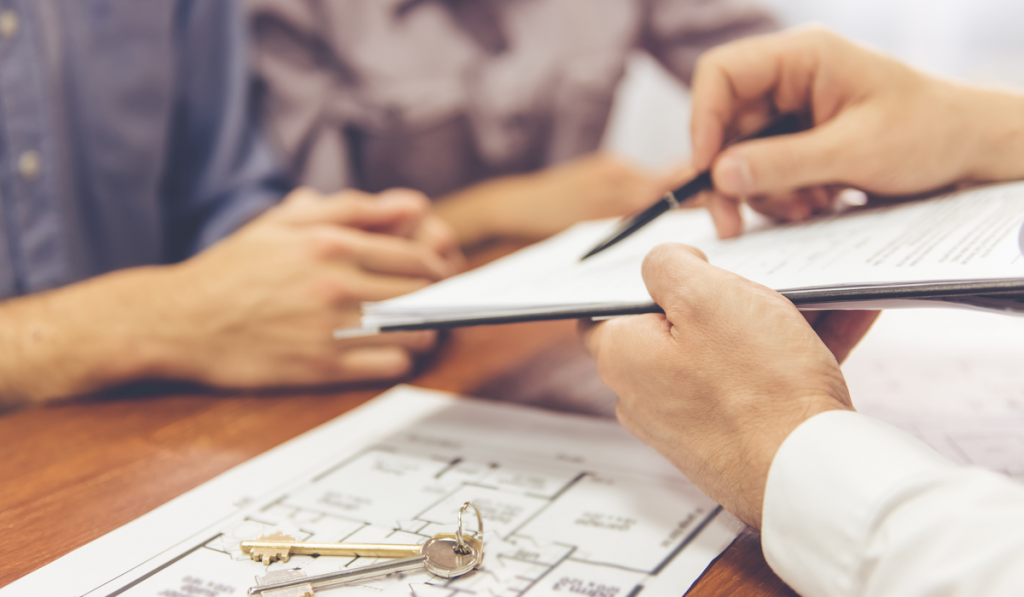Property conveyancing is the legal process of transferring property from the owner to another person. This process is undertaken with the help of a conveyancing solicitor or licensed conveyancer. Property conveyancing involves a certain process before buying or selling any property.
The process involved in property conveyancing
Step 1: Instruct the conveyancing solicitor
Once you secure a property, you must instruct a licensed conveyancer to help you buy or sell your property. The solicitor will send several questionnaires to collect the replies on purchases. With the help of the solicitor, the seller will receive a copy of the formally accepted offer from the buyer.
Step 2: Arrange property survey
It is advisable before purchasing any property to check its condition. A property survey will help the buyer inspect things like size, quality of the material, parking space, and terrain of the land, i.e., if it floods during rains. Property survey greatly involves the decision of the buyer. Once the view satisfies the buyer, the next step is taken.
Step 3: Conduct a property search
The licensed conveyancer usually does this. The search gives vital information on the property. There are many types of searches: Mining searches, Local Authority, Chancel repair liability, Environmental, Water and drainage, Planning searches, and Flood risk search. This will help the buyer to know if there are other hidden faults of the property.
Step 4: contract exchanging
If there is an issue with the property, the Property conveyancing solicitor will work with both seller and buyer to help solve the problem. After this, a legal binding is done. The mortgage deed, transfer deed, and completion statement will be agreed upon and signed. After this, the seller will receive the signed transfer deed, which means the contract is exchanged.
Step 5: purchase completion
Purchase completion is the time when the sale is finalized and legally transferred to the buyer. The solicitor pays the balance of the Sale price to the seller, and any other legal document concerning the property is transferred at this stage.
Step 6: post-completion
The licensed conveyancer makes arrangements for payment of stamp duty to the revenue authorities. At this stage, the buyer is registered as the new property. Registration is done within 30 days after purchase completion.
A licensed conveyancer is a specialist trained to deal with matters of property law. A legal professional has been trained to deal with all aspects of property law. The main difference between a licensed conveyancer and a conveyancing solicitor is that a conveyancing solicitor is a trained professional in legal services specializing in conveyancing. On the other hand, a licensed conveyancer is a trained professional for conveyancing only.
Responsibilities of a licensed conveyancer
- Preparing documents for both sellers and buyers to sign
- Arranging ownership transfers, leases, and mortgage
- Preparing agreement contracts.
- Advises on shared ownership
In summary, property conveyancing requires professionals like licensed conveyancers or conveyancing solicitors. To transfer property through conveyancing requires one to undergo various stages. These stages are important for both seller and buyer.


